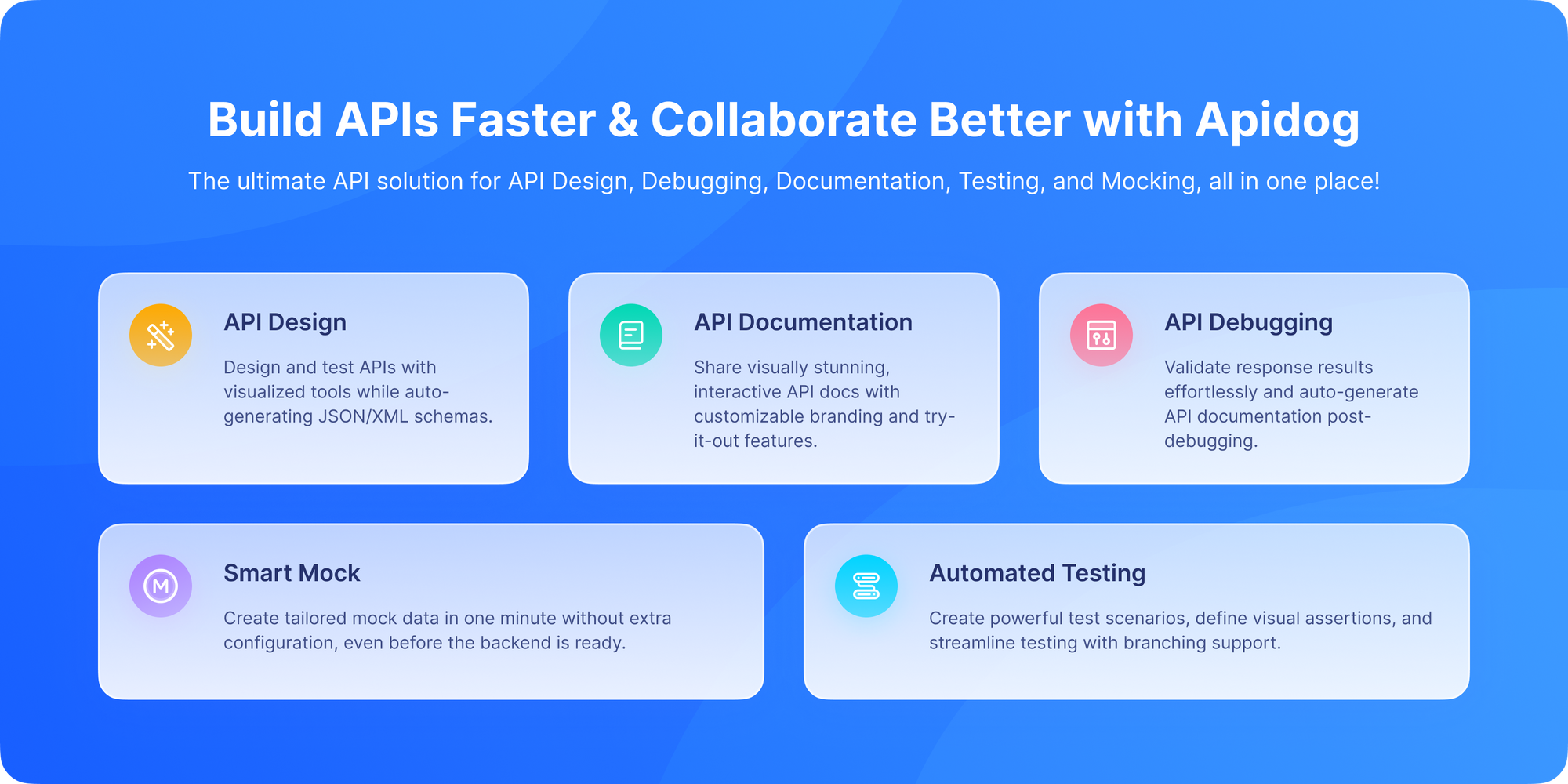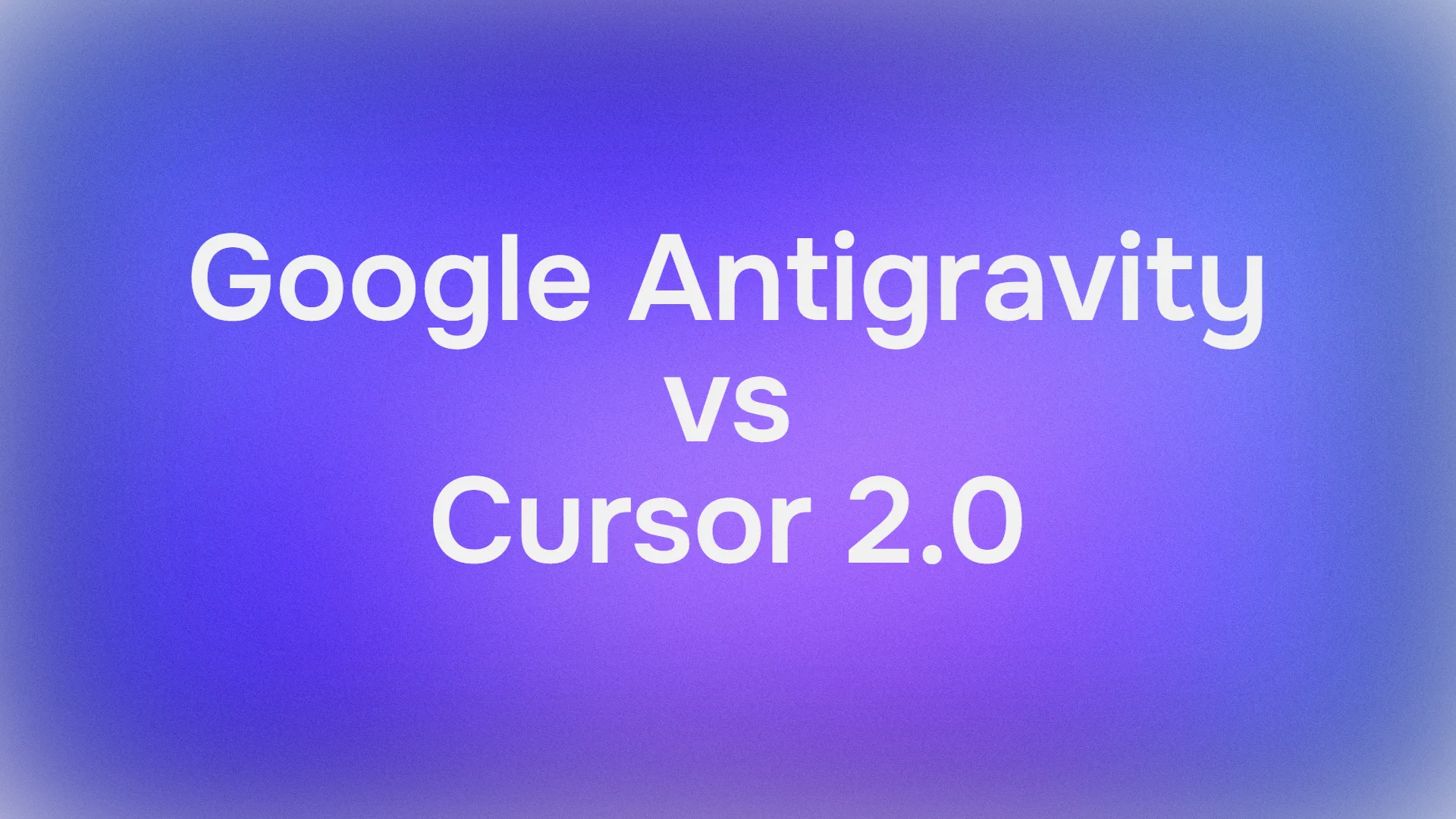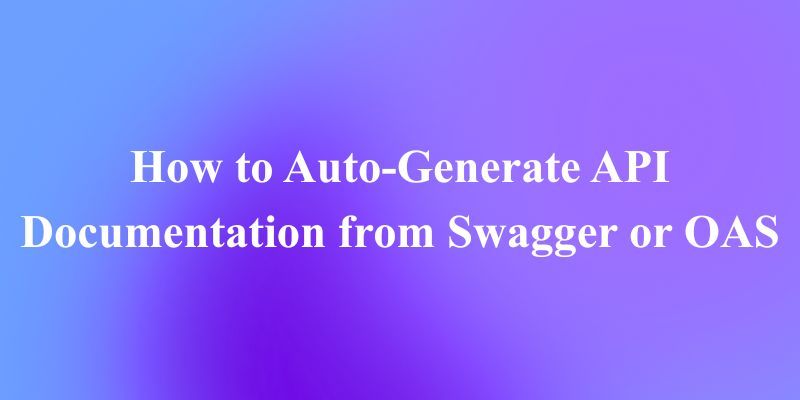APIs aren’t just technical plumbing anymore, they’re the backbone of modern digital transformation. But if you’ve ever worked on integrating multiple systems, you know it can feel like trying to untangle a bowl of spaghetti code. That’s where API-led connectivity comes into play a transformative approach that revolutionizes how organizations integrate their technology ecosystems.
Instead of building random point-to-point integrations that become a nightmare to maintain, API-led connectivity offers a structured, reusable, and scalable way to connect applications, data, and devices.
In today's fast-paced digital world, the need to connect diverse systems, data sources, and applications efficiently and securely is more critical than ever. Whether you’re a developer, architect, or business leader, understanding API-led connectivity is key to unlocking agility, reusability, and innovation in your IT infrastructure.
Want an integrated, All-in-One platform for your Developer Team to work together with maximum productivity?
Apidog delivers all your demands, and replaces Postman at a much more affordable price!
What Is API-Led Connectivity?
API-led connectivity is an architectural style and methodical approach to connecting applications, data, and devices through reusable and purposeful APIs within an organization’s ecosystem. Instead of treating every integration as a one-off project, you create reusable APIs that serve well-defined purposes, which are costly and fragile. API-led connectivity breaks down complex systems into modular, consumable building blocks that can be securely accessed, managed, and orchestrated.
At its core, it’s about:
- Standardizing how systems talk to each other
- Decoupling integrations from specific apps
- Reusing APIs to save time and money
This approach was popularized by MuleSoft, but it’s now widely adopted across industries.
Put simply, it’s a disciplined way to unlock data from systems, organize business logic, and deliver tailored digital experiences, all by leveraging APIs as standardized connectors.
Why API-Led Connectivity Matters
Traditional integration methods often involve hard-coded connections between systems, which are time-consuming to build and difficult to maintain. When a backend system changes, the whole integration chain can break, causing disruption and delaying digital initiatives.
API-led connectivity addresses these pain points by:
- Promoting Reusability: APIs created to serve specific purposes can be reused across multiple projects and channels, reducing duplication and development time.
- Enhancing Agility: With well-defined APIs, organizations can rapidly compose new digital experiences without rebuilding from scratch.
- Increasing Security: Restricted, managed API access minimizes exposure to sensitive systems and data.
- Improving Visibility and Control: Centralized API management offers insights into usage, performance, and security.
- Supporting Innovation: APIs enable easier integration with emerging technologies like cloud services, AI, and IoT.
Overall, API-led connectivity transforms IT from a bottleneck into a business enabler, from chaos into a modular, scalable architecture.
Core Principles and Layers of API-Led Connectivity
API-led connectivity is typically structured around three architectural layers, each with distinct roles and responsibilities:
System APIs
These are the connectors to core systems of record, like your CRM, ERP, or database.
- Purpose: Access core backend systems such as databases, ERPs, CRM platforms, and legacy systems.
- Functionality: These APIs expose raw data or core transactions to the upper layers in a standardized, secured manner. They encapsulate the complexity of the underlying systems.
- Characteristics: They are typically stable and isolated, protecting systems from direct exposure.
- Example: An API that fetches customer data from Salesforce.
Process APIs
These handle business logic and orchestrate data from multiple sources.
- Purpose: Orchestrate and shape data from multiple System APIs.
- Functionality: Process APIs implement business logic, aggregation, transformation, and data composition to create meaningful, reusable services.
- Characteristics: They decouple user experiences from systems and enable composability and reuse of business capabilities.
- Example: An API that merges Salesforce customer data with recent orders from an ERP system.
Experience APIs
These are designed for specific use cases or user experiences.
- Purpose: Deliver data tailored to specific user interfaces or channels like mobile apps, web portals, or partner systems.
- Functionality: They provide customized views, simplify data for consumers, and cater data formats accordingly (e.g., JSON, XML).
- Characteristics: Experience APIs ensure the front-end teams can innovate independently without touching backend integration.
- Example: An API that returns a mobile-friendly customer dashboard for sales reps.
By organizing APIs in this layered fashion, organizations achieve clean separation of concerns, greater flexibility, and faster development cycles, you make each API more reusable and easier to maintain.
Benefits of API-Led Connectivity
Here’s why businesses adopting API-led connectivity are ahead of the curve:
- Accelerated Development: Reusable APIs speed up new project launches.
- Greater IT Alignment: Clear API roles help teams collaborate effectively.
- Frictionless Digital Transformation: Easier integration with SaaS, cloud, and legacy systems.
- Improved Security Posture: Secure API gateways and policies control access.
- Better Customer Experience: Consistent, personalized experiences across channels.
- Operational Visibility: Real-time monitoring and analytics improve performance and troubleshooting.
- Future-proof Architecture: Adaptable to emerging technologies and business needs.
How API-Led Connectivity Transforms Integration
Rather than building monolithic apps or numerous integrations, API-led connectivity breaks systems into consumable, manageable services. This modular design enables organizations to:
- Compose and orchestrate APIs to build complex workflows without starting from scratch.
- Manage API versions independently to avoid disruptions.
- Expose selected data securely to partners and external developers.
- Experiment and innovate rapidly by changing front-end implementations without altering backend systems.
- Create an ecosystem of APIs that accelerate internal and external collaboration.
Real-World Example of API-Led Connectivity
Let’s say you run a retail company. You have:
- A CRM (Salesforce)
- An ERP (SAP)
- An e-commerce platform (Shopify)
Without API-led connectivity:
- You build one-off integrations between each system.
- Each integration is custom, hard to maintain, and breaks easily when systems update.
With API-led connectivity:
- System APIs connect to Salesforce, SAP, and Shopify.
- Process APIs combine customer, inventory, and order data.
- Experience APIs deliver tailored views for mobile, desktop, and partners.
If Shopify changes its API tomorrow, you only update one system API everything else keeps working.
API-Led Connectivity vs Point-to-Point Integration
| Feature | API-Led Connectivity | Point-to-Point Integration |
|---|---|---|
| Reusability | High | Low |
| Maintenance Effort | Low | High |
| Scalability | Excellent | Poor |
| Development Speed | Faster over time | Slows as complexity grows |
| Governance | Centralized | Decentralized |
How to Get Started with API-Led Connectivity
Embarking on API-led connectivity involves:
- Assessing Existing Systems: Identify key systems, data sources, and business processes to integrate.
- Defining API Strategy: Establish API principles, security standards, and governance.
- Building Layers: Develop System, Process, and Experience APIs aligned to your business domains.
- Choosing the Right Tools: Select API management platforms that support scalability, security, and analytics.
- Implementing Security: Apply authentication, authorization, rate limiting, and threat protection at each API layer.
- Monitoring and Optimizing: Use analytics to track API performance and optimize integrations continuously.
- Promoting Reuse and Collaboration: Use API portals, documentation, and developer engagement to maximize API adoption.
Tools for Implementing API-Led Connectivity
While MuleSoft is the pioneer, API-led connectivity is tool-agnostic. Some popular tools include:
- MuleSoft Anypoint Platform
- Apigee (Google Cloud)
- AWS API Gateway
- Kong
- Apidog (for API design, testing, and documentation)
Common Mistakes to Avoid
- Skipping the spec phase: Leads to misaligned expectations.
- Mixing business logic into system APIs: Breaks reusability.
- Not investing in governance: Causes API sprawl.
- Neglecting performance testing: Leads to bottlenecks.
Integrating Apidog into Your API Workflow

API-led connectivity depends on well-designed, tested, and documented APIs. Apidog is the perfect companion tool to supercharge your API efforts by enabling you to:
- Design APIs Easily: Import specifications, mock endpoints, and prototype APIs rapidly.
- Test APIs Thoroughly: Automate functional and performance tests across API layers.
- Document APIs Clearly: Generate interactive, user-friendly documentation that drives adoption.
- Collaborate Efficiently: Share projects, track feedback, and manage roles within your team.
By using Apidog, your organization can maintain high-quality APIs that are easy to consume, maintain, and evolve ultimately accelerating your API-led connectivity journey.
Final Thoughts
API-led connectivity is more than just a technical pattern, it is a transformative methodology that enables organizations to break down complex technology ecosystems into reusable, secure, and long-term manageable building blocks. By adopting this approach, businesses can drive agility, innovation, and superior user experiences while future-proofing their IT infrastructure.
With clear API layers, robust governance, and collaboration tools like Apidog, embracing API-led connectivity becomes a strategic advantage. Whether you are integrating legacy systems, enabling new digital experiences, or scaling enterprise APIs, it will pay off in faster delivery, lower costs, and happier teams. API-led connectivity is your roadmap to connected success.
Ready to elevate your API game? And remember, whether you’re designing a system API for a legacy database or an experience API for a new mobile app, Download Apidog for free today to make your life easier and start designing, testing, and documenting your APIs faster and smarter.



